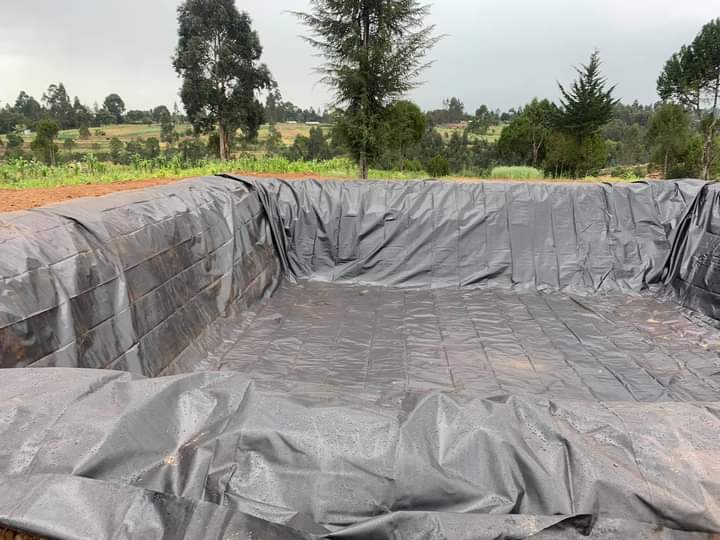Introduction
Dam liners play a crucial role in the construction and maintenance of dams. They are essential components that ensure the structural integrity and functionality of these water containment systems. In this blog post, we will explore the importance of dam liners, their various types, benefits, and applications in water management. Along the way, we’ll also include some relevant images to provide a visual understanding of these critical elements.
What Are Dam Liners?
Dam liners are impermeable membranes used to line the inner surface of dams and reservoirs. These liners prevent water from seeping through the dam structure, thereby reducing the risk of erosion and structural damage. Dam liners are made from various materials, including high-density polyethylene (HDPE), polyvinyl chloride (PVC), and ethylene propylene diene monomer (EPDM), each offering unique benefits depending on the application.
Types of Dam Liners
- High-Density Polyethylene (HDPE) Liners
- Advantages: Durability, UV resistance, and chemical resistance.
- Applications: Large reservoirs, hazardous waste containment, and irrigation ponds.
- Polyvinyl Chloride (PVC) Liners
- Advantages: Flexibility, ease of installation, and cost-effectiveness.
- Applications: Small ponds, decorative water features, and agricultural irrigation systems.
- Ethylene Propylene Diene Monomer (EPDM) Liners
- Advantages: Excellent flexibility, long lifespan, and resistance to extreme temperatures.
- Applications: Fish ponds, water gardens, and industrial water containment.
Benefits of Using Dam Liners
- Preventing Water Loss Dam liners create a barrier that prevents water from seeping into the ground, ensuring that the reservoir retains its water volume. This is particularly important in arid regions where water conservation is critical.
- Protecting the Environment By preventing seepage, dam liners help protect the surrounding soil and groundwater from contamination. This is especially important when the reservoir contains hazardous or polluted water.
- Enhancing Structural Integrity Liners protect the dam’s structure from erosion and internal water damage. This extends the lifespan of the dam and reduces maintenance costs.
- Cost-Effectiveness Although the initial investment in dam liners can be significant, the long-term benefits in terms of reduced maintenance and water conservation make them a cost-effective solution.

Applications of Dam Liners
- Agricultural Irrigation Dam liners are widely used in agricultural settings to create irrigation ponds and channels. They help ensure a reliable water supply for crops, even in regions with irregular rainfall.
- Water Treatment Plants Liners are essential in water treatment plants to contain treated water and prevent contamination of the surrounding environment.
- Recreational and Aesthetic Ponds Decorative ponds and water gardens often use flexible liners to create aesthetically pleasing water features that are easy to maintain.
- Mining Operations In mining, liners are used in tailings ponds to contain waste materials and prevent them from leaching into the soil and groundwater.
Conclusion
Dam liners are indispensable in modern water management systems. They offer numerous benefits, including water conservation, environmental protection, and enhanced structural integrity. By choosing the appropriate type of liner for each application, we can ensure the longevity and efficiency of our water containment systems.
Final Thoughts
Investing in high-quality dam liners is a proactive step towards sustainable water management. Whether for agricultural, industrial, or recreational purposes, the right dam liner can make all the difference in maintaining a reliable and safe water supply.
Originally posted 2024-07-29 09:23:07.

